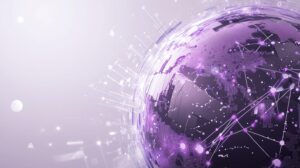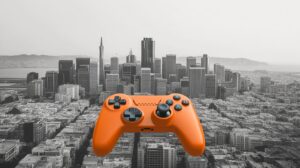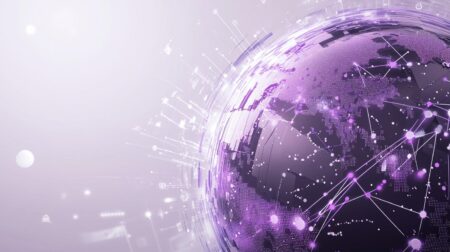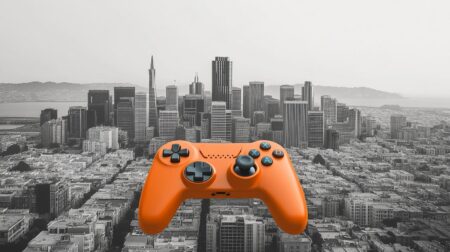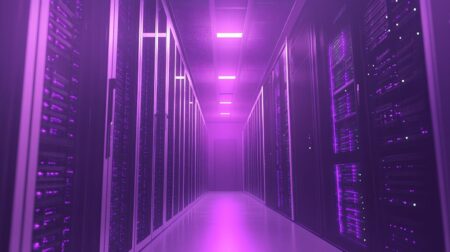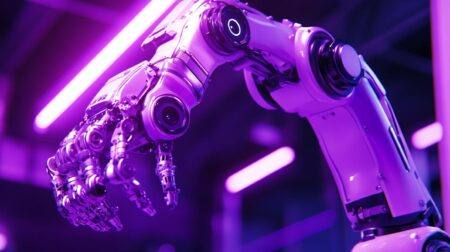The integration of art with artificial intelligence is on the rise, as seen in the innovative works of artists like Pierre Huyghe and Refik Anadol. From AI-powered installations to immersive visual experiences, these artists are exploring new realms of creativity and sparking discussions on the impact of AI in the art world.
Artificial Intelligence in Art: Artists Embrace the Digital Age
The intersection between art and artificial intelligence is increasingly prevalent, exemplified by new works like French artist Pierre Huyghe’s “Camata.” Featured at the Punta della Dogana – Pinault Collection exhibition space in Venice during the Venice Biennale, Huyghe’s installation employs AI-powered robots to film and interact with human remains in Chile’s Atacama Desert, exploring a blend of nature and artificial intelligence.
Another key figure in AI-generated art is Turkish-born Refik Anadol. His solo exhibition “Echoes of the Earth: Living Archive” at the Serpentine Galleries in London earlier this year attracted 66,000 visitors. Anadol uses vast datasets to create immersive visual experiences, such as underwater landscapes generated by AI models trained on millions of coral images.
Daniel Birnbaum, artistic director of the digital art platform Acute Art, notes that artists’ attraction to AI lies in its ability to offer new forms of creativity beyond human control. However, Birnbaum also acknowledges broader societal concerns about AI, ranging from its role in government decisions to its potential threats to humanity.
Hans Ulrich Obrist, artistic director at the Serpentine Galleries, highlights the potential of AI to transform public art, suggesting that digital artworks can evolve and change continuously, offering a new kind of public engagement.
As artists like Huyghe and Anadol continue to explore AI, the dialogue between human creativity and machine intelligence remains a rich field of inquiry, providing both opportunities and challenges for the future of art.
